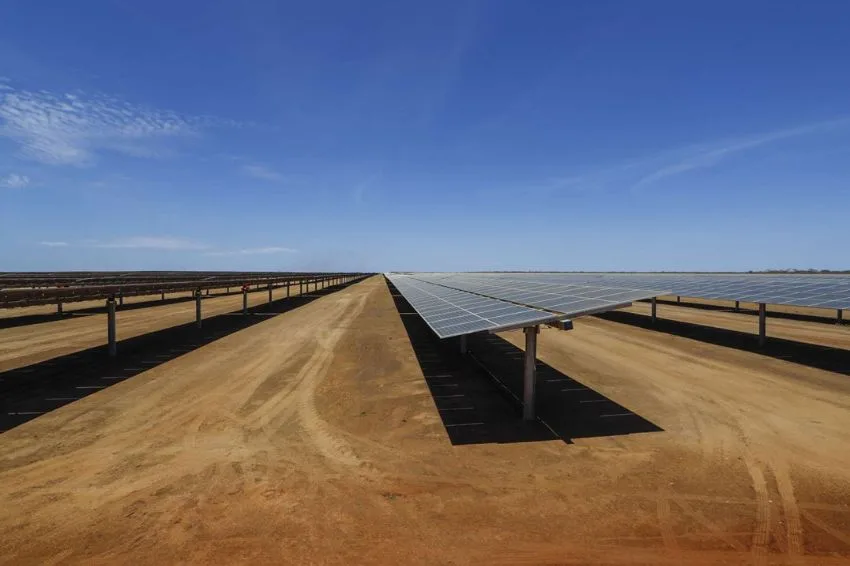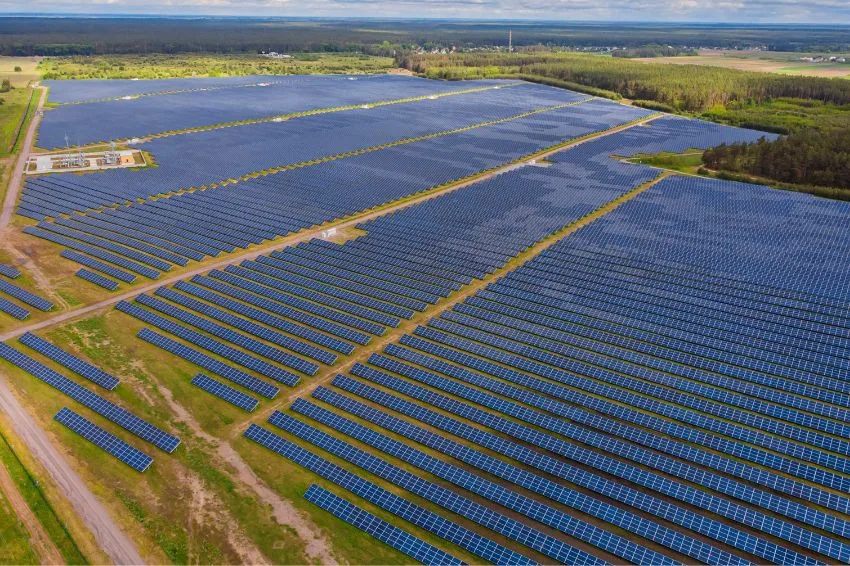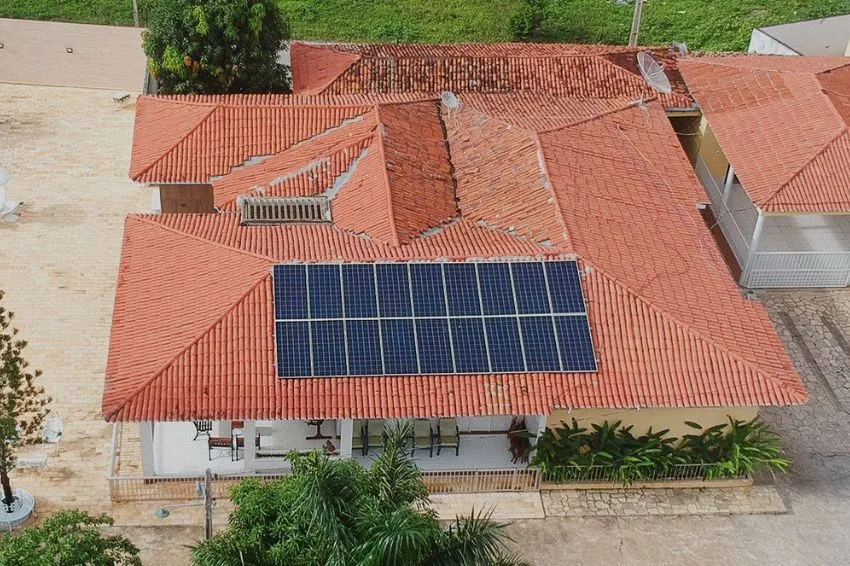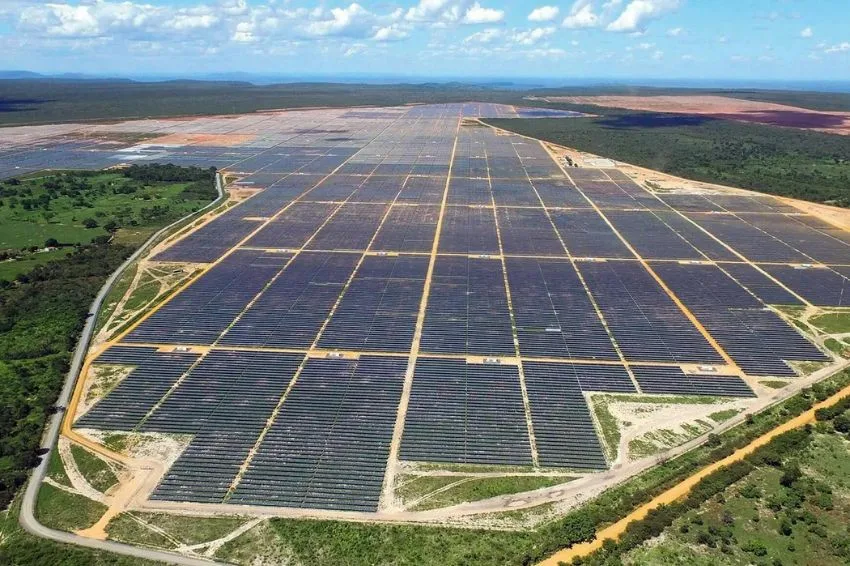A global demand for coal expected to increase only marginally in 2022, but enough to push it to a historical record amid the energy crisis. This is what a new report from IEA (International Energy Agency).
According to the study, the world coal consumption will remain in similar levels us next years due to the absence of stronger efforts to accelerate the transition to clean energy.
O global coal use expected to increase by 1.2% in 2022, surpassing 8 billion tons in a single year for the first time and surpassing the previous record set in 2013.
Based on current market trends, the research predicts that coal consumption will remain stable at this level through 2025 as declines in mature markets are offset by continued robust demand in emerging Asian economies. This means, in the Agency's view, that it will continue to be, by far, the largest single source of carbon dioxide emissions from the global energy system.
Expected demand in 2022 is very close to the forecast published a year ago, even though markets for such fossil fuel have been shaken by a series of conflicting forces since then.
Higher natural gas prices amid the global energy crisis have led to greater reliance on coal for power generation, but slowing economic growth has simultaneously reduced demand for electricity and industrial production – and power generation renewable energy reached a new record.
In China, the world's biggest coal consumer, a heatwave and drought boosted coal power generation over the summer, even as strict Covid-19 restrictions dampened demand.
“The world is close to a peak in fossil fuel use, with coal the first to decline, but we are not there yet,” said Keisuke Sadamori, director of Energy Markets and Security at the IEA.
“Demand for coal is stubborn and will likely reach an all-time high this year, increasing global emissions. At the same time, there are many signs that the current crisis is accelerating the deployment of renewables, energy efficiency and heat pumps – and this will moderate demand for coal in the coming years. Government policies will be fundamental to guarantee a safe and sustainable path”, he highlighted.
Coal Price and Production Trend
Another point emphasized is that coal prices rose to unprecedented levels in March and again in June this year, driven by stresses caused by the global energy crisis, especially spikes in natural gas costs, as well as adverse weather conditions in Australia, an important international supplier.
Europe, which has been heavily impacted by sharp reductions in natural gas flows from Russia, is on track to increase its coal consumption for the second year in a row. However, by 2025, European demand is expected to fall below 2020 levels.
The world's three biggest coal producers – China, India and Indonesia – will reach record production in 2022. However, the report notes that despite high prices and comfortable margins for coal producers, there is no sign of an increase investment in export-oriented coal projects. This reflects caution among investors and mining companies about the medium and long-term prospects.
Demand for coal is predicted to fall in advanced economies in the coming years as renewables increasingly replace it with electricity generation.
“But emerging and developing economies in Asia must increase use to help drive economic growth, even as they add more renewables. Developments in China will have the biggest impact on global coal demand in the coming years, but India will also be significant,” the IEA concluded.

















